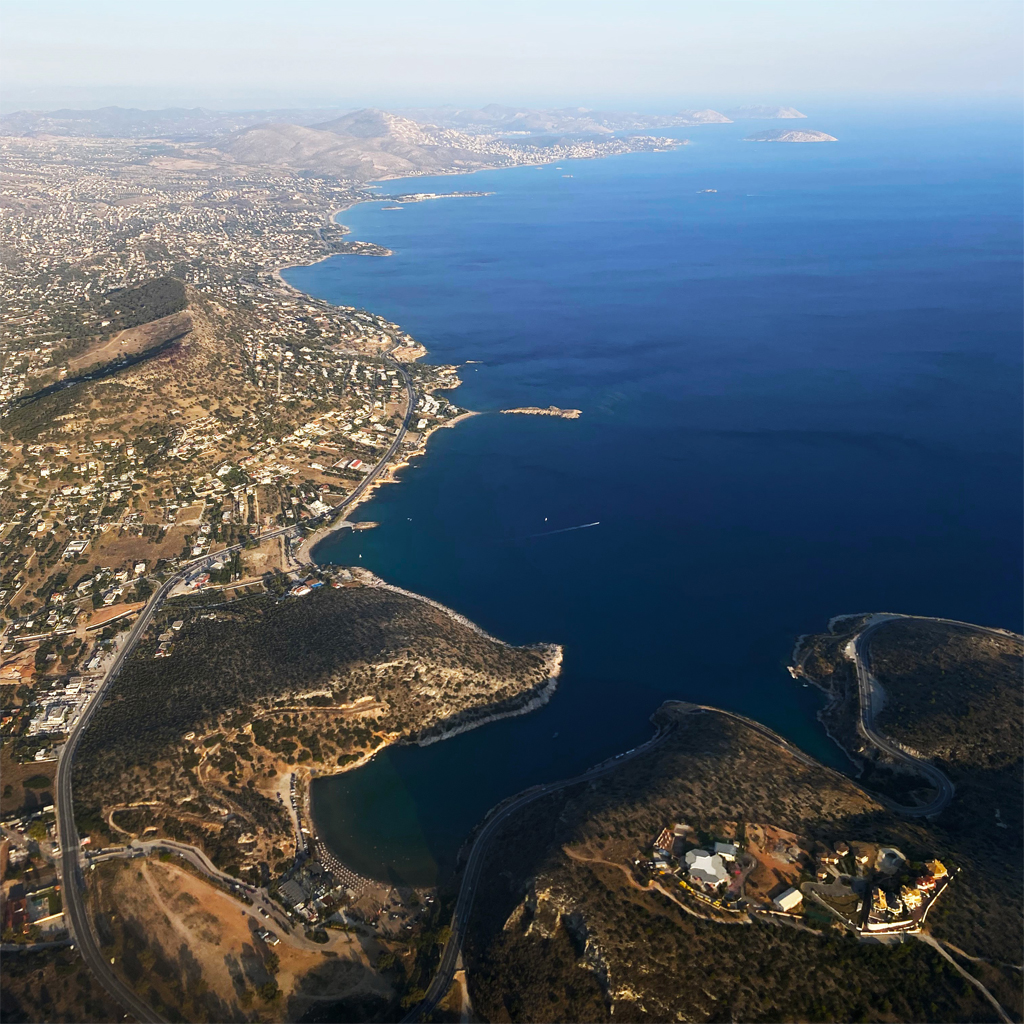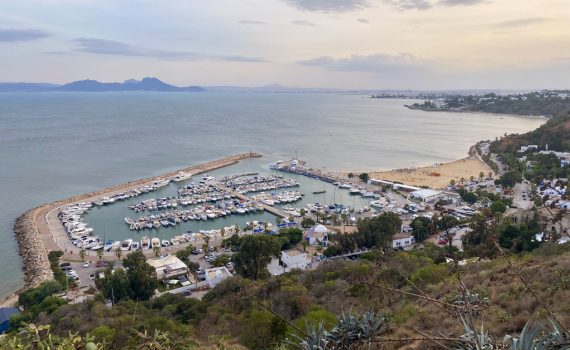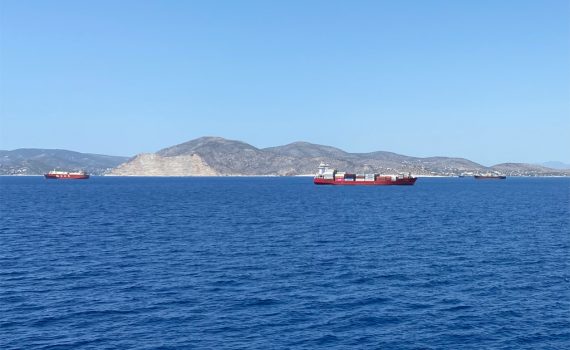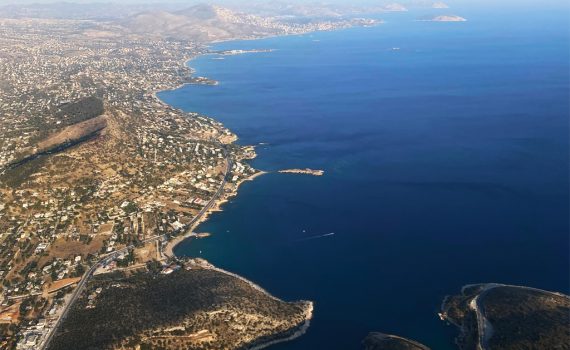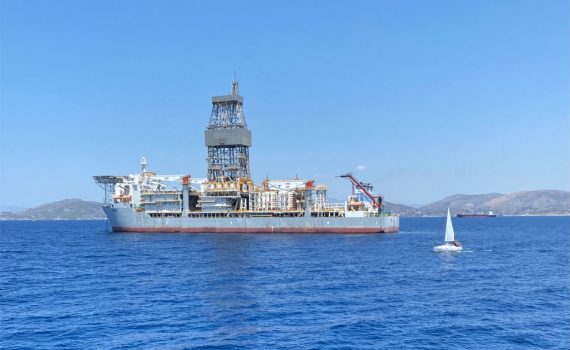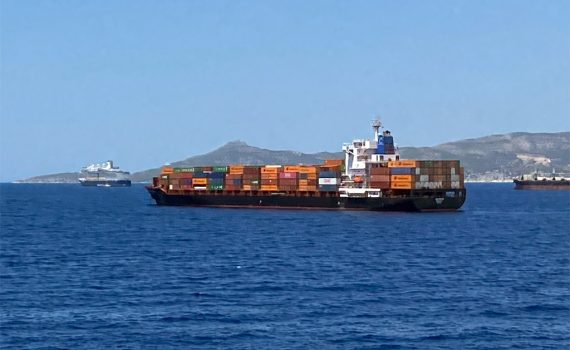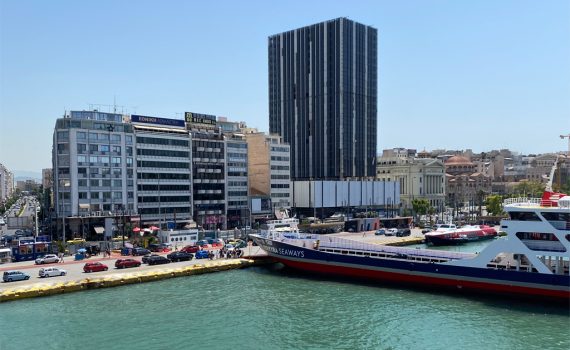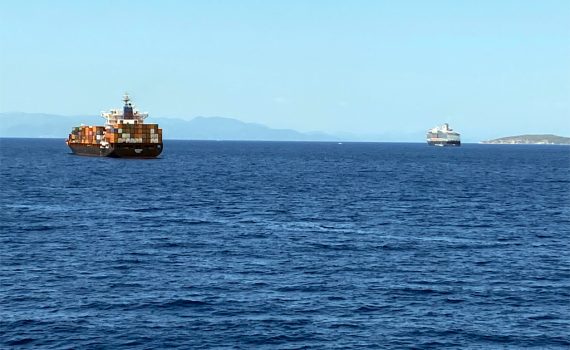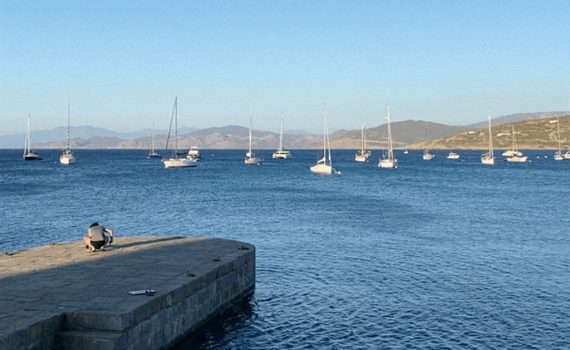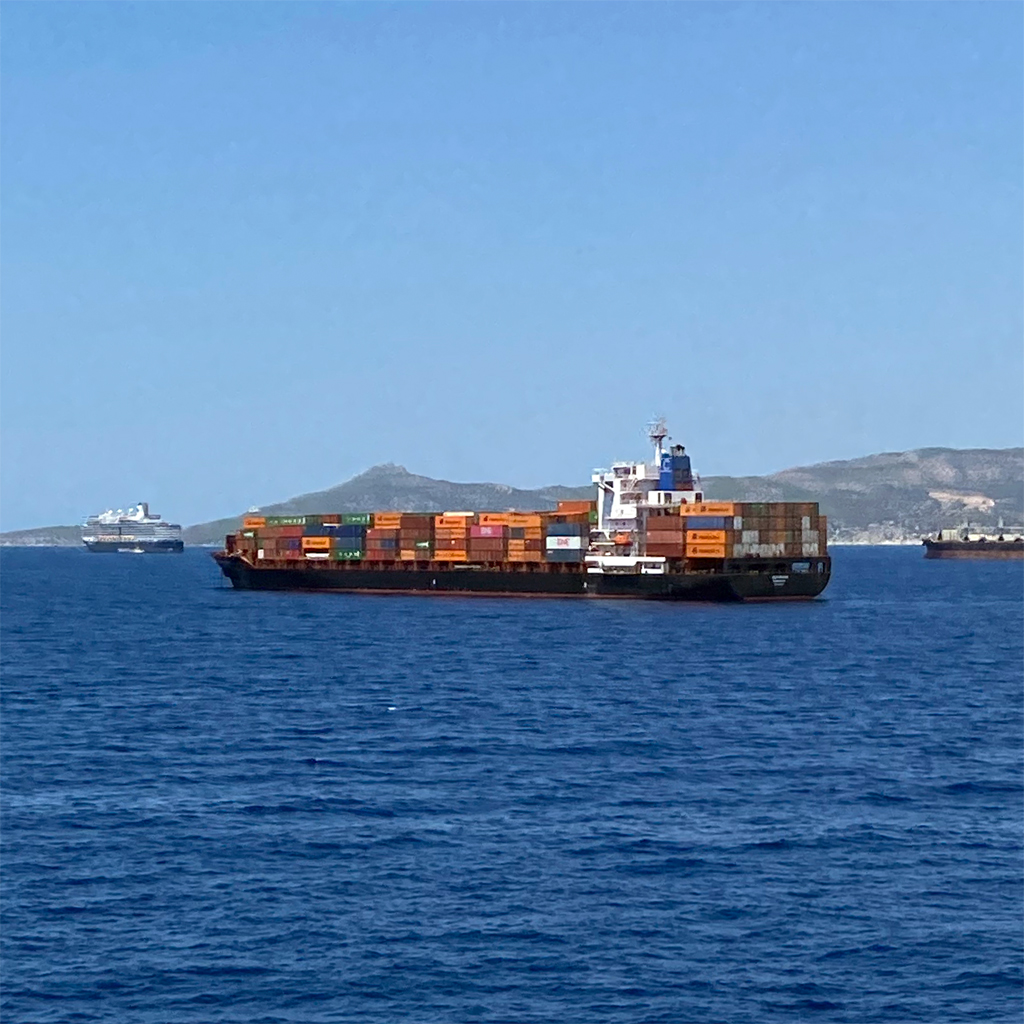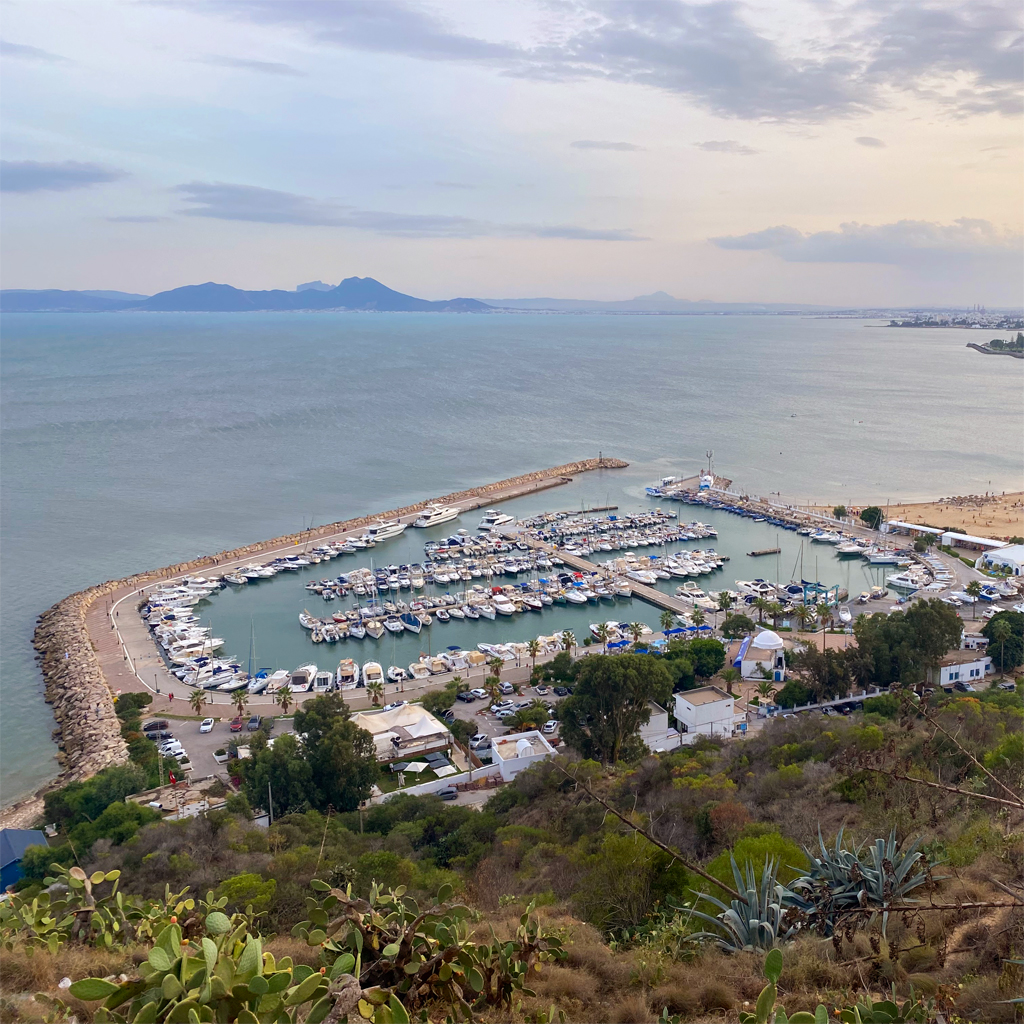The drafting of the Plans was carried out in three parallel, coordinated and coherent processes in the three reference Maritime Areas (Adriatic, Ionian-Central Mediterranean, Western Mediterranean) and was carried out in 6 Phases, in this case:
Phase 1 – Initial state and current and expected trend, which aims to provide a brief but exhaustive description of the environmental system, landscape and uses of the maritime area and of the main trends in progress, aimed at supporting the analysis process and planning;
Phase 2 – Analysis of interaction between uses and impacts on environmental components, which addresses the issue of the analysis of mutual interactions between sea uses and between uses of the sea and marine ecosystems, in order to make activities mutually compatible and ecologically sustainable in a medium-long term horizon;
Phase 3 – Vision and strategic objectives, which has the purpose of defining a vision and strategic objectives for planning, both on a national and Maritime Area scale;
Phase 4 – Strategic level planning, which intends to develop strategic level planning on the Maritime Areas and its portions (Sub-Areas and Planning Units), starting from the definition of the specific visions and objectives of Phase 3, up to the indication of vocations, measures, recommendations and guidelines on a local scale;
Phase 5 – Methodology and indicators for monitoring and adapting the Plan, which defines the characteristics of the Monitoring Program (PdM) with the aim of keeping track of the efficiency of the implementation of the Plans over time and any improvement measures in the event that these are deemed necessary, through mid- or end-term adjustments and revisions of the Plans;
Phase 6 – Activities for the consolidation, implementation and updating of the Plan which aims to define the elements of knowledge with respect to the protection of species, habitats and ecosystems that must be investigated, also in relation to the disciplinary investigations necessary to fill the uncertainties o the lack of data, information or knowledge that will be highlighted for specific themes or for specific areas within the three regions.



